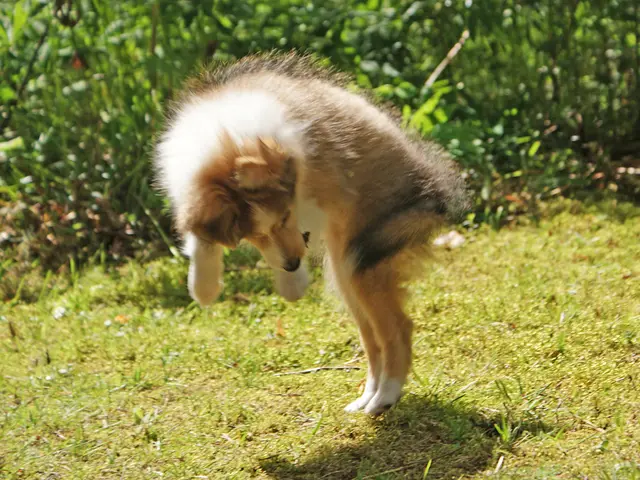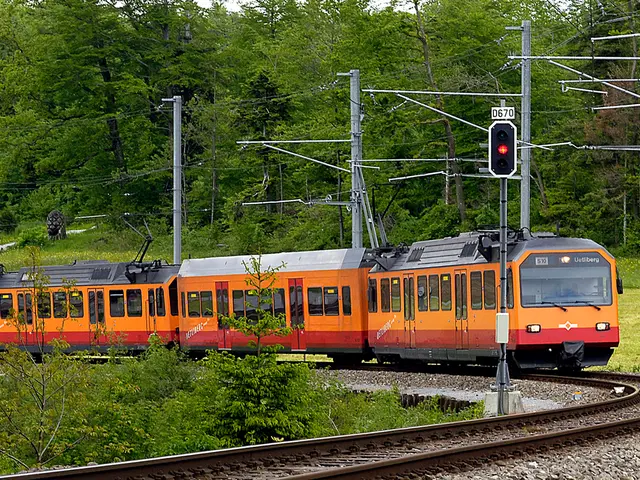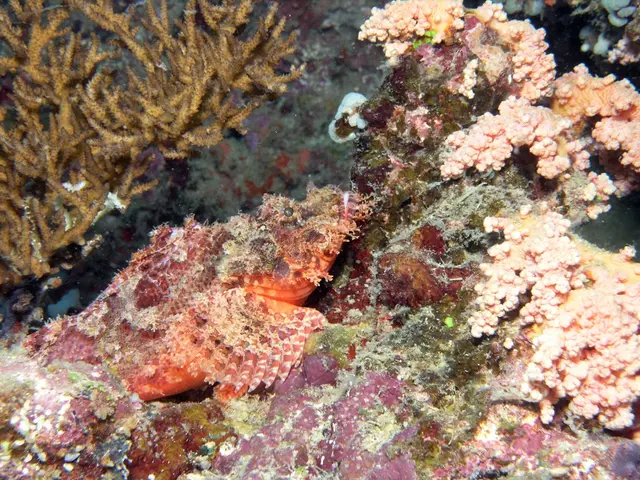Quantum Breakthrough Enhances Reasoning Capabilities
Researchers have made a significant breakthrough in enhancing reasoning capabilities using quantum computing. By encoding and evaluating entire Hamiltonians in parallel, quantum processors can efficiently solve optimization problems, leading to more accurate and interpretable answers.
The team, believed to be associated with IBM Quantum, has developed a method that treats reasoning as a combinatorial optimization problem. They use quantum processors to find coherent answers, achieving remarkable results on various datasets.
On the DisambiguationQA dataset, their quantum-enhanced model reached 61% accuracy, surpassing traditional reasoning-native baselines. Similarly, they outperformed purely classical counterparts on Causal Understanding and NYCC datasets. The secret lies in the Bias-Field Digitised Counterdiabatic Quantum Optimisation (BF-DCQO) algorithm, which runs smoothly on today's digital quantum machines like IBM's and IonQ's devices.
The process begins by generating a pool of candidate explanations and encoding them into a Higher-Order Unconstrained Binary Optimization (HUBO) Hamiltonian. This formulation ensures the final answer is built from the most relevant and diverse reasons, reducing redundancy and improving interpretability. With IBM's current 127-qubit architecture, the team has successfully solved HUBO instances involving 156 candidate reasons.
The convergence of large language models and quantum optimization marks the dawn of Quantum Intelligence (QI). This hybrid approach enhances reasoning layers, providing accurate, explainable answers, and addressing the fragility of large language models' reasoning. As quantum hardware advances, we can expect further improvements in this promising field.
Read also:
- Senate Tillis under spotlight in North Carolina as IRA tax incentives remain uncertain
- projected growth for the natural acetoin market: $291.6 million by 2034
- Latest Edition of Bus-News Magazine Arrives for 2023!
- Testing the Camp Mode of the 2025 Tesla Model Y with Juniper's interior housing two kids, shockingly low CO2 levels were discovered.








